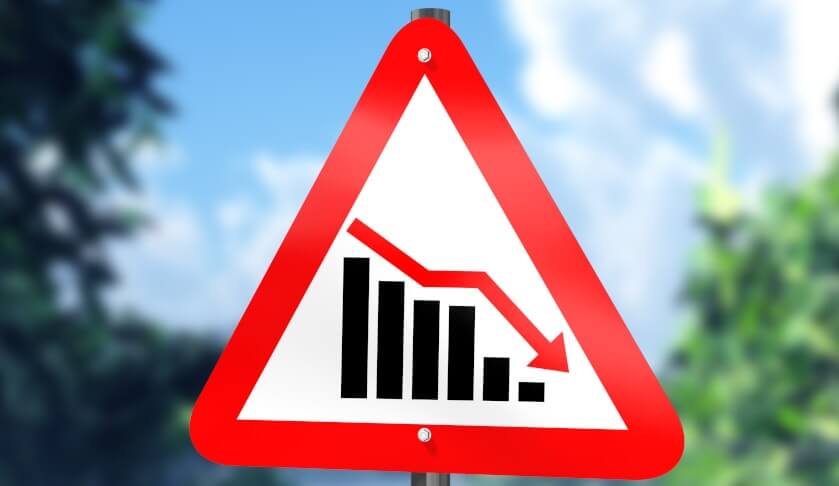Sydney and Melbourne real values show larger declines looming
Housing affordability for Australia’s two largest markets is set to improve over the next 12 months and allow investors to have an easier time buying property, according to a new analysis by CoreLogic.

While nominal dwelling values of property show property decline by 0.8 of a percentage point over the last 12 months to June 2018, when taking inflation into account, the real dwelling value shows there was a sharper decline of 2.9 per cent, which means thing are becoming easier for buyers.
Although Sydney, Perth and Darwin declined nominally, every capital city saw a decline in real values besides Hobart and Canberra.
When looking at the last 10 years in terms of real values, both Sydney and Melbourne have recorded significant rises at 47.1 per cent and 42.9 per cent, but a different picture is painted when looking at more recent data.
With the decline of Sydney and Melbourne dwelling values only having started over the last 12 months according to CoreLogic research analyst Cameron Kusher, in real terms this mean larger declines.
“As household incomes gradually trend higher and housing prices trend lower, we can expect to see some improvement in housing affordability,” Mr Kusher said.
Historically, when Sydney and Melbourne have entered downturns, the real value declines have been large and have taken a long time to surpass the previous peak.
“After real dwelling values peaked in Sydney in December 2003 they fell by -18.4 per cent to December 2008 and didn’t eclipse their previous peak until June 2014,” Mr Kusher explained.
“In Melbourne, real dwelling values peaked in June 1989 and fell by -24.3 per cent to December 1995 and didn’t eclipse their June 1989 peak until September 1999.”
With Sydney and Melbourne only recently entering states of decline after periods of rises, Mr Kusher predicts many years may pass before real dwelling values return to their previous peak, especially when the current conditions are considered, which include tightened credit accessibility, the possibility of higher mortgage rates and historically low rental returns, and the possibility of changes towards investment housing taxes.

